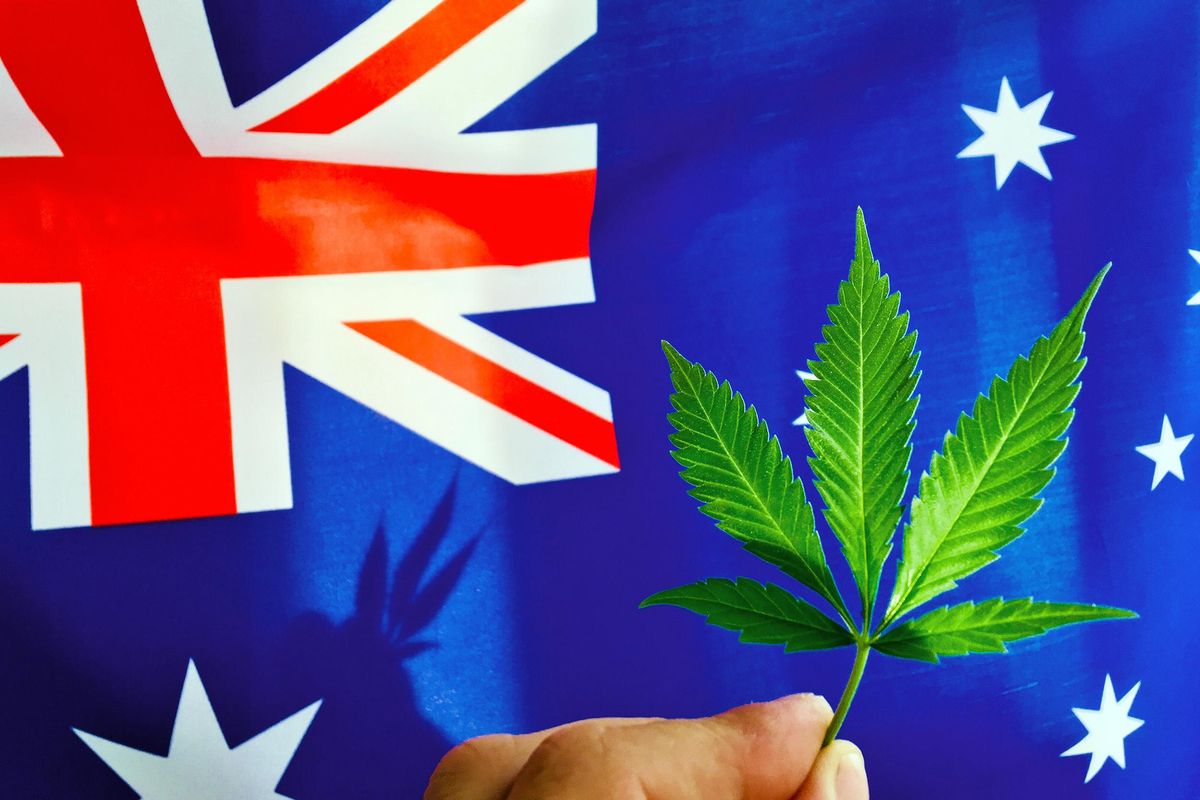Australia Cannabis Market Forecast: Top Trends for 2023
Australia’s cannabis industry continues to move forward in increments as more users recognise the benefits of the drug. Where could the sector go in 2023?

Australia's cannabis market conditions still aren't particularly welcoming, but investor interest continues to grow as companies and regulators persevere with efforts to boost the industry.
Cannabis in the land down under has seen a slow but steady uptick in terms of increased legal accessibility, primarily on the medical side, and 2022 was another year of marginal growth for the sector.
What will 2023 bring? Here the Investing News Network looks at the outlook for Australia's cannabis industry.
More Australians using medical cannabis, but access still tough
In a recent survey on cannabis as medicine, researchers found that medical cannabis use in Australia is on the rise.
Compared to the 2.7 percent of respondents using legally prescribed medical cannabis last time the survey was conducted back in 2018, the results this time around found “37 percent of respondents had received a legal prescription for medicinal cannabis.”
The survey was conducted between September 2020 and January 2021 and polled 1,600 people with a mean age 46.4, but the results were not shared until halfway through 2022.
“The data suggests we have seen a transition from illicit to legal use of medical cannabis,” said lead researcher Professor Nicholas Lintzeris from the Faculty of Medicine and Health at the University of Sydney. According to Lintzeris, those who bought their cannabis legally were more likely to consume oral products or vapourised items compared to smokables.
But while the study shows growth in the cannabis market, it also indicates how much further it still has to go.
For example, although the number of patients using cannabis products has increased, study respondents expressed frustration with the current access model — only 24 percent of prescribed patients found the path “easy or straightforward.” Some people are struggling to find practitioners willing to write a prescription, and are turning to unregulated cannabis instead.
Beyond accessibility, 47 percent of survey respondents said cannabis is too expensive — although one company is arguing the opposite. Levin Health, an Australian sports science company specialising in medical cannabis, indicated that there’s been a downward trend in cannabis prices as imported products are becoming less necessary.
The firm said Australian patients have been asked to carry the costs of imported goods, but they won't be for much longer.
“With domestic cultivation on the rise, imports are expected to be pushed to the side, making way for a 50/50 split between imported and locally grown or manufactured products,” the company said in a statement.
Levin Health noted that with the average cannabinoid price per milligram dropping 12 percent between the months of March and September 2021, lower costs of cannabis products should be the expectation moving forward.
What can Australians expect from cannabis policy in 2023?
Australian cannabis policy has come a long way in just a few years. However, as nations across the globe begin exploring further possibilities, Australia has been called out by experts for lagging behind.
In the country, it is still illegal for adults to possess or use cannabis without a medical prescription.
A recent report from the drug-focused Penington Institute, based in Melbourne, indicates that Australian taxpayers would save approximately AU$850 million per year if cannabis were decriminalised.
“The demonstrated harms and enormous financial burden associated with Australia’s simplistic prohibition approach is much more harmful than the substance itself,” John Ryan, CEO of the Penington Institute, said in the foreword of the report.
The new year is off to a fast start as a new medical cannabis policy is already slated to come into effect later in 2023.
Starting on July 1, 2023, the Therapeutic Goods Administration (TGA) will introduce changes geared at elevating the quality of cannabis products imported to Australia. The new rules will require that imported products come from facilities that meet Good Manufacturing Practice standards. The TGA will also add new requirements for labelling and packaging.
In terms of adult-use legalisation, it’s difficult to see a roadmap to changes in 2023.
Even so, the calls to action keep increasing. As Ryan noted, “It is time to pull Australia into the present and capitalise on the many and varied opportunities that a proper, regulated cannabis market affords us. It also makes clear economic sense, allowing for taxation schemes to direct critical funding into prevention and treatment efforts."
Investors may want to keep an eye on proposals from the Australian Greens in the year ahead.
A tweet from New South Wales Senator David Shoebridge sent the market into a frenzy this past September as he indicated a plan that could see cannabis legalised in 2023. Essentially, the lawmaker obtained a legal advisory plan from constitutional lawyer Dr. Patrick Keyzer on how legalisation could take place in Australia through a federal framework.
“Traditionally, the regulation of drugs — normally, the criminalisation of drugs — has been seen as a state and territory issue,” he told Sydney Criminal Lawyers. “However, law reform at a state and territory level faces significant institutional resistance from the law and order lobby, most particularly the police and police unions.”
Investor takeaway
It's still early days in Australia's cannabis industry, but as the world continues to change its views on the drug, it's clear that perspectives in the country are adjusting.
Will these changes in mentality be reflected by policies in 2023? Investors will have to wait and see.
You can also follow us @INN_Australia for real-time news updates!
Securities Disclosure: I, Bryan Mc Govern, hold no direct investment interest in any company mentioned in this article.
- Australian Cannabis Outlook 2022: Positive Signs for Sales and Patient Numbers ›
- Australian Cannabis Outlook 2021: Medical Leads the Way ›






